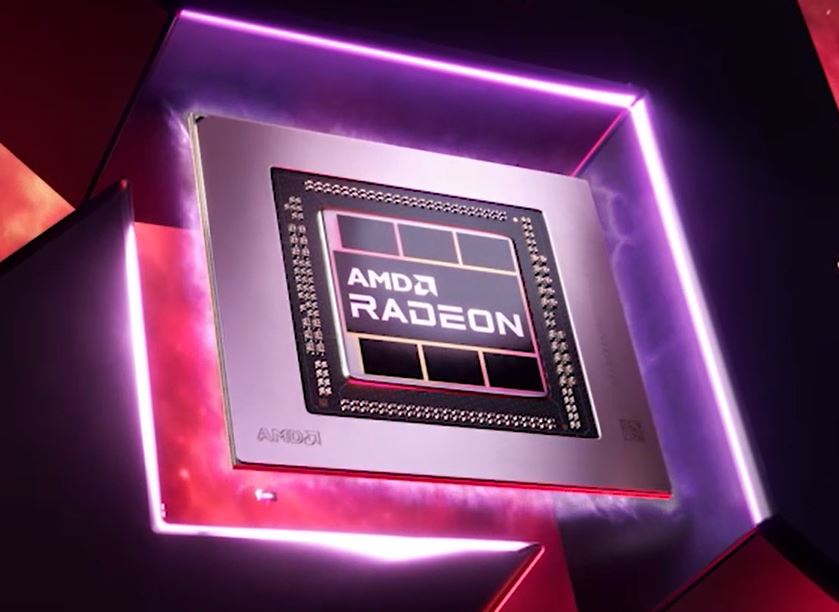
All-in-all, our first results after testing the new Radeon 780M are somewhat sobering – while gaming, we only noted a marginal lead ahead of the old Radeon 680M. The conditions were not the best due to the slow RAM, so we will add to this article as soon as we get our hands on new test devices. However, since AMD have since announced that the Radeon 780M’s maximum clock rate will be 2.7 GHz instead of 2.8 GHz (like in our test device), the increased performance might prove to be a struggle, even when using faster RAM.
Gaming performance is also still a little rocky. Generally, the 780M is about on the same level as the old 680M, but there are outliers in both directions. We assume that AMD will improve the situation by releasing some new driver updates. Its ray tracing could definitely do with some improvements, although due to its overall minimal performance level, you can pretty much forget RT when you are playing games.
During the first benchmarks, the new Radeon 780M is about on the same level as the old Radeon 680M. So, it still has a clear advantage over Intel’s iGPUs – but nothing changes about it trailing behind Apple’s M2 GPUs.
On the whole, the launch of the new Zen4 Phoenix APUs – along with the new Radeon 780M – has been anything but perfect so far. We are still being surprised by new information (such as the 780M’s reduced clock rate). Test devices are scarce goods, but now there are at least a few devices with the new HS CPUs on the market (where the iGPU doesn’t actually play that big a role due to dedicated GPUs). We have yet to see a trace of the first U series chips such as the Ryzen 7 7840U and we have no idea if there will even be any first test devices. Currently, it seems as if gaming handhelds like the coming ROG Ally are being favored. Last year, the availability of Zen3+ models was already quite scarce and only now are they being brought out in larger numbers as the newly named Ryzen 7000 models. We can only hope that the Zen4 chips will not suffer the same fate.
Source link
 notebook.co.id informasi dan review notebook laptop tablet dan pc
notebook.co.id informasi dan review notebook laptop tablet dan pc